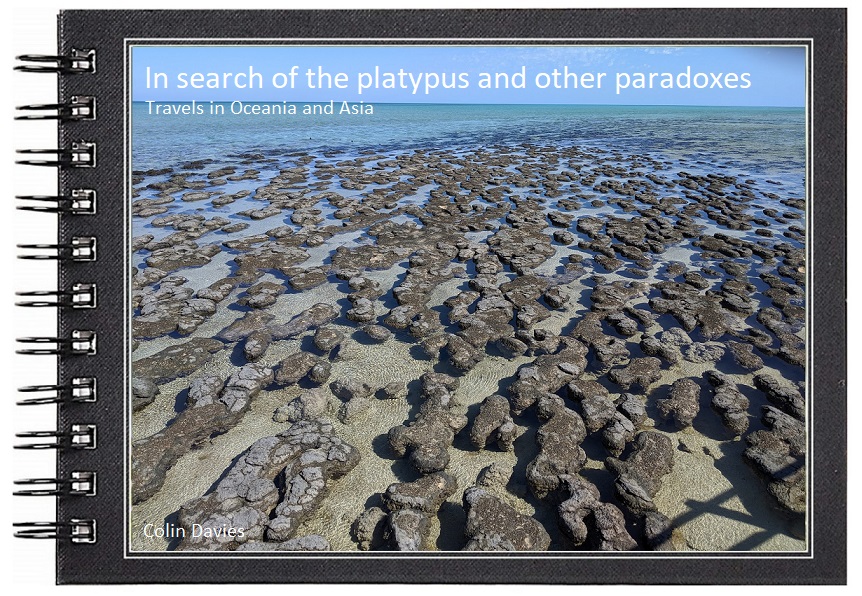 |
| Photo: Mueller Lake with Mount Cook shrouded in cloud behind. |
Kea can be very bold, this one has a hikers hat which it presumably "found" in the car park. If you're not careful they'll nick anything. While I was in New Zealand there was a report of two kea being shot under license because they were killing sheep. This is a parrot we're talking about don't forget, killing sheep.... as was pointed out at the time, surely kea (which are endangered) are worth more than a few sheep, but it just goes to show how remarkable these birds are.
There were lots of flowers at the side of the stairway to distract me and provide a good excuse for frequent stops.
Hebe is the largest plant genus in New Zealand consisting of about 90 species.
This is obviously some type of eyebright but I've no idea which species.
Another species of hebe.
Another species of eyebright!
Unfortunately not in flower, but this is giant buttercup, sometimes called Mount Cook lily, which is the largest buttercup in the world, growing to around 1.5m.
Tasman Lake, the terminal lake of the mighty Tasman glacier, easily the most impressive glacier we saw in New Zealand.
Blocks of ice float down the lake like icebergs, before the lake empties into the Tasman River.
The terminal face of the Tasman glacier, unfortunately receding due to global warming but still very impressive, it winds its way down the flanks of Mount Cook.
The Hooker River thunders out of Mueller lake and briefly exists in its own right before joining up with the Tasman River and flows into Lake Pukaki. These torrents are the home of blue duck.
Looking down the classic flat bottomed glaciated valley, with Mueller lake on the left, you can clearly see the Hooker River flowing away towards the Tasman. This is a geographers dream.
The Tasman River at this point has now absorbed the Hooker River and it flows across a large shingle river bed which is nearly a mile across. In winter this may be a single raging torrent, but in summer when there is less water the river takes several routes across the valley floor which sometimes join up and then separate again and forms what is know as a braided river with inaccessible pebble islands. This habitat is the breeding grounds for species such as black stilt, wrybill and black-fronted tern.
Eventually the Tasman flows into the beautiful Lake Pukaki. A feature of lakes which are fed by glaciers is this wonderful blue colour, which is caused by the glacier grinding up the rocks into particles so fine that it is known as rock flour. The particles are then swept away by the rivers into lakes where they are held suspended in the water. The sun reflects off the particles which gives the lakes their spectacular colour.






















No comments:
Post a Comment